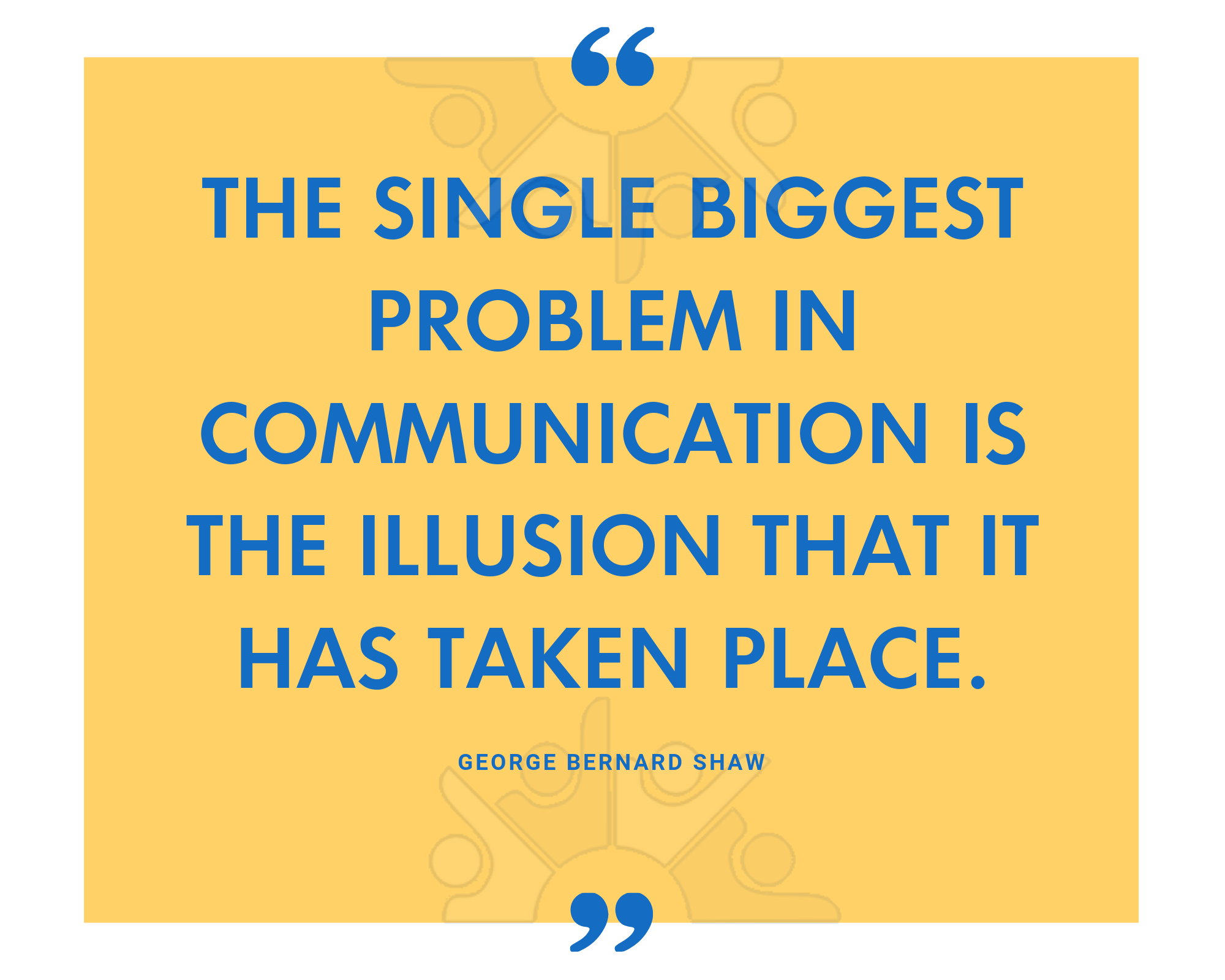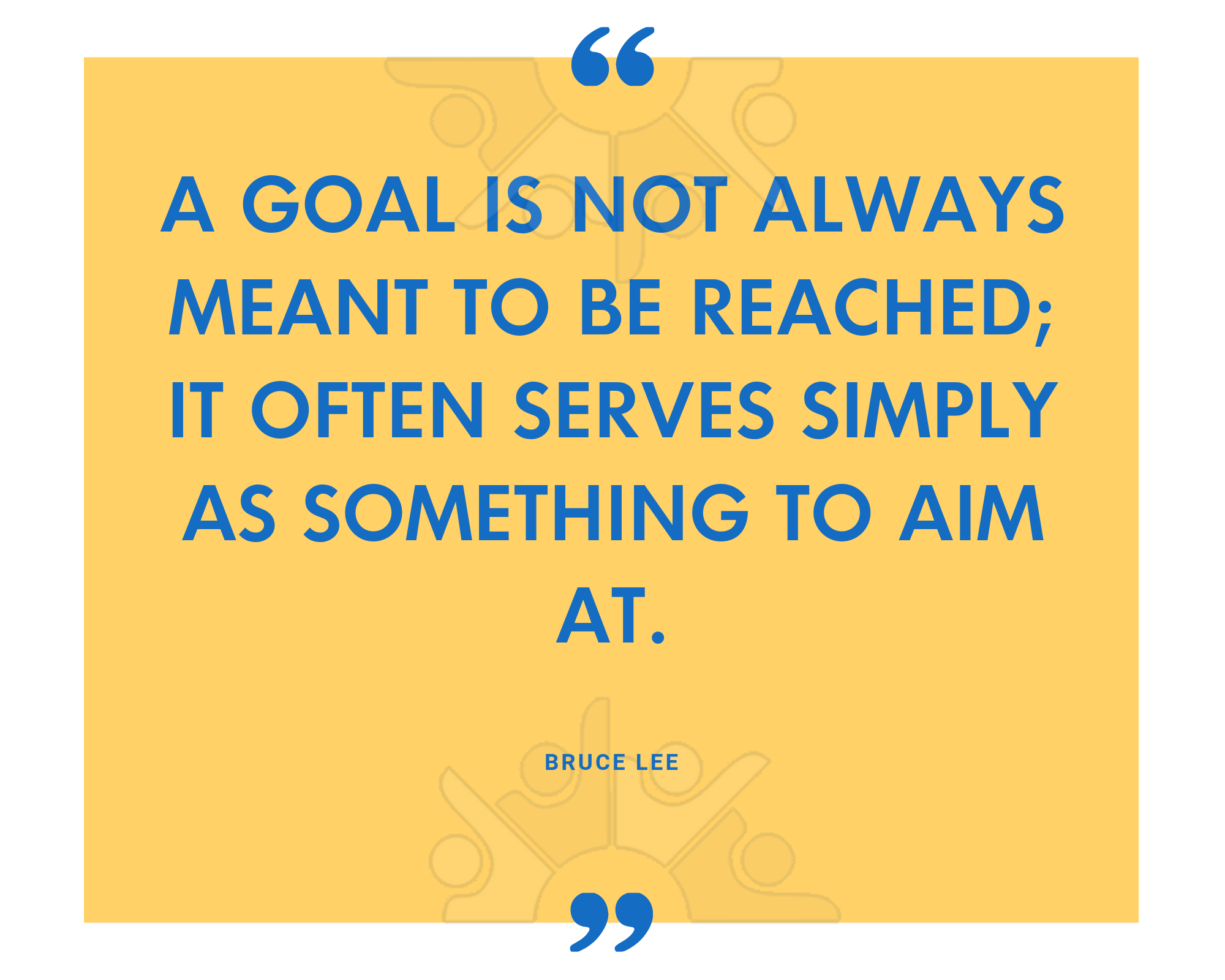One of the key foundations of good performance management is setting clear goals, clarifying the expectations a company has of its employees while crafting the targets to ensure their time is most effectively spent on the things which matter the most.
To help you navigate the potential pitfalls of performance management goals, here are 4 dos and 4 don’ts to consider in order to get the best results.
Do…
Align goals with the company’s core values

By working directly with your employee to set goals that are SMART (specific, measurable, actionable, results-oriented and time-bound), you will ensure that the aspirations of the employee are in alignment with the company’s core values and aims. Open communication between managers and team members – rather than one-way communication from the top down – ensures that employees understand their overall role in the business.
Asking employees to offer their suggestions in alignment with the company’s strategic imperatives helps to focus their energies on the work that matters the most. Are their proposals lined up with the bigger picture? Do they align with the team strategy? Defining these goals together helps to make sure that their aspirations and strengths are actively contributing to the organisation’s success.
Link goals to behavioural expectations
Goals shouldn’t be simply about measurable targets your employees are expected to meet; they should have behavioural expectations built into them to ensure that the processes used to meet them are efficient and relevant to the wider requirements of both their team and the company.
Making employees aware of the need to act as “good citizens” in the company is an effective way to help them perform to the best of their abilities. Are they serving as resources for other team members? Will they step up and help a colleague when they need assistance, or pitch in to train new hires? Are they flexible, and capable of behaving professionally in the workplace?
These behavioural expectations act as the grease in the cogs of good performance practice, developing a collaborative environment in which accomplishing goals becomes more likely.
Ensure goals are easily tracked
The manner in which employee’s goals are defined can make a big difference in terms of clarity – and the potential for the employee to deliver. Phrasing a goal in terms of “deal with customer complaints” is an activity, whereas expressing this as “reduce customer attrition by 15%” is a clear, measurable target.
Making this distinction provides a framework for establishing anticipated outcomes and methods for clearly measuring them. These metrics – whether they are sales figures, potential errors, increased visitors to the company website, etc – provide a bedrock from which goal achievement can be easily quantified.
When tracking employee performance, make sure you utilise appropriate tools to ensure the process is streamlined and effective.
When appropriate, use stretch goals rather than fixed targets

Sometimes fixed targets aren’t going to cut it in terms of giving your employees the leeway to really push themselves to achieve something special. They limit the scope of operations in a way that stretch goals don’t. Using stretch goals – deliberately challenging and ambitious aims – is a great way to push the boundaries of performance.
Google set the tone for stretch goals when they outlined their business philosophy: “More often than not, [daring] goals can tend to attract the best people and create the most exciting work environments…stretch goals are the building blocks for remarkable achievements in the long term.”
Stretch goals should be used sparingly – by their very nature, they can be prone to failure and such out-of-the-box approaches should only be undertaken when sufficient risk assessments have taken place. But if your company has the surplus resources to take the chance, stretch goals can deliver results far surpassing those of generic targeted goal setting.

Don’t…
Set cascading goals
When targets are imposed from the top tier of a business, the tendency is for the best political operators to win at the potential expense of the best business builders. Moreover, cascaded goals have the effect of making employees feel like little more than cogs in the system.
Imposing objectives from upper management leaves many employees feeling as if they lack any kind of ownership of their role. Such goals fail to appreciate the unique skills of the individual, undermining their potential contributions to the company while failing to fully motivate them.
Affording employees a degree of investment in the goal setting process gives them a greater sense of ownership and accountability. As Peter Bregman explained in his article for Harvard Business Review, The Right Way To Hold People Accountable, “Accountability is not simply taking the blame when something goes wrong … Accountability is about delivering on a commitment. It’s responsibility to an outcome, not just a set of tasks. It’s taking initiative with thoughtful, strategic follow-through.”
Merge goals with performance reviews
There can be a tendency for managers to try and lump everything together when conducting performance reviews. Performance reviews can be seen as painful experiences, so the temptation to throw goal setting into the mix can be a strong one.
The primary focus of performance reviews should be to evaluate what has gone before, assessing the progress of both the individual and the company, and how an employee can grow moving forwards. While these conversations are essential to help determine future orientation and goals, try to keep these separate so that your employee is better able to reflect on their performance and address any issues which may impact upon their ability to function effectively.
Fail to document how to achieve goals

Once you have agreed upon the desired goals with your employee, document the details clearly, including the date of the performance planning meeting, any key points raised by both parties, the goals determined for the next period and the plan to achieve these, and details of any resources, training or other support which is required to fulfil the tasks.
Failure to document the processes around your goals can ultimately lead to missing your goals entirely, so in order to ensure that this doesn’t happen you need to:
- Organize, manage and reassess your goals frequently
- Create action plans, including milestones for larger goals
- Track your time to make sure your employees’ daily efforts are focused on meaningful tasks
Comprehensively documenting goals and the processes around them not only helps to ensure that these goals will be met; it is also an essential reference when it comes to evaluating their performance.
Miss opportunities to change goals
Goals should never be seen as stagnant; rather, goals should be dynamic to meet the evolving nature of your business. Setting goals at the beginning of the year and forgetting about them until review season is a recipe for failure.
Goals can be changed for a variety of reasons, for instance when an employee has completed tasks ahead of schedule or has taken on new responsibilities, or the organisation’s wider objectives have changed, making the current goals obsolete. Goals may also require revision, for example, if it is apparent that they are no longer realistic or achievable. It may be that your goals are no longer relevant to the wider company mission, or it could be inappropriate timing.
Monitoring an employee’s progress towards their goals can help to spot these reasons for adaptation and change. Regardless of whether or not changes are made to goals, this also offers another opportunity to monitor your employee’s performance as part of your ongoing performance management process.





